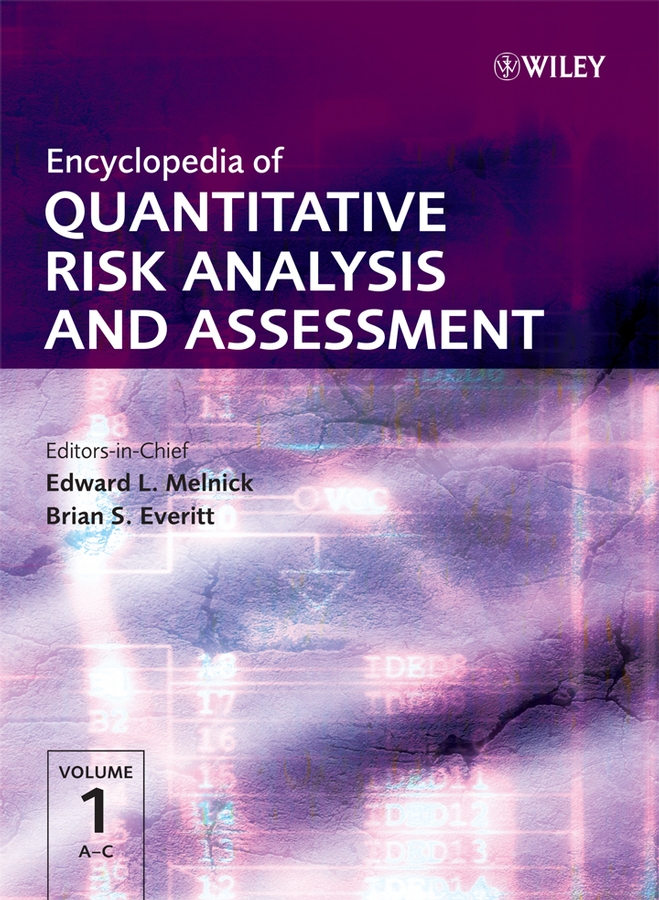Toxicity (Adverse Events)
Abstract
In the setting of a clinical trial, an adverse event (AE) is any unfavorable change in the structure, function, or chemistry in a patient or subject that is temporally associated with the participation in a clinical trial, regardless of whether or not this change is considered related to the therapeutic intervention. An AE, which is treatment emergent, is classified by its relationship to the therapeutic intervention. In a randomized controlled trial, only increases in AEs in the intervention group compared with the control group are attributable to the intervention. A serious adverse event (SAE) is an AE that is at least possibly related to the therapeutic intervention that results in death, life-threatening experience, inpatient hospitalization or prolongation of existing hospitalization, persistent and significant disability or incapacity, jeopardy to patient and requires intervention, or a congenital anomaly or birth defect. An unexpected AE is as any unanticipated AE that is possibly related to the therapeutic intervention. AEs are graded and classified using standardized coding dictionaries into broad categories based on anatomy and/or pathophysiology, and by specific terms within each category. In clinical trials, we perform routine laboratory tests prior to the start of the study, to screen patients for eligibility into the trials, and during the trials to ensure patient safety. AEs and SAEs are monitored during a study and are summarized to provide assessments of the safety of the treatment or intervention.



